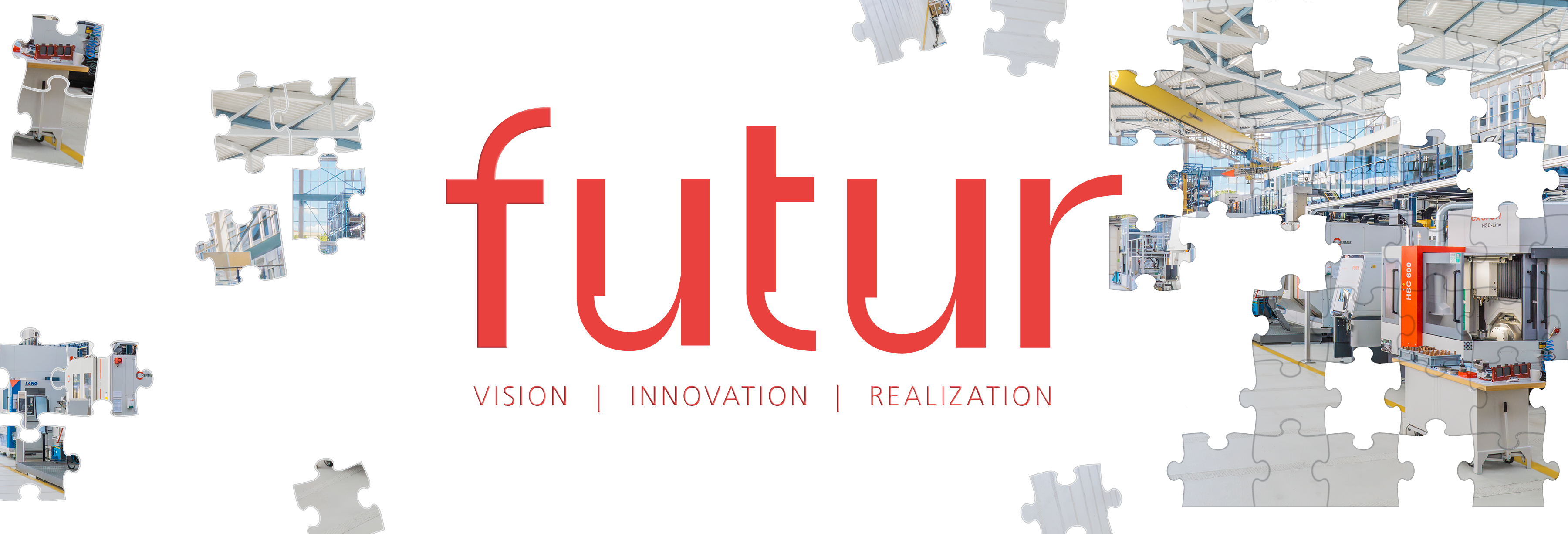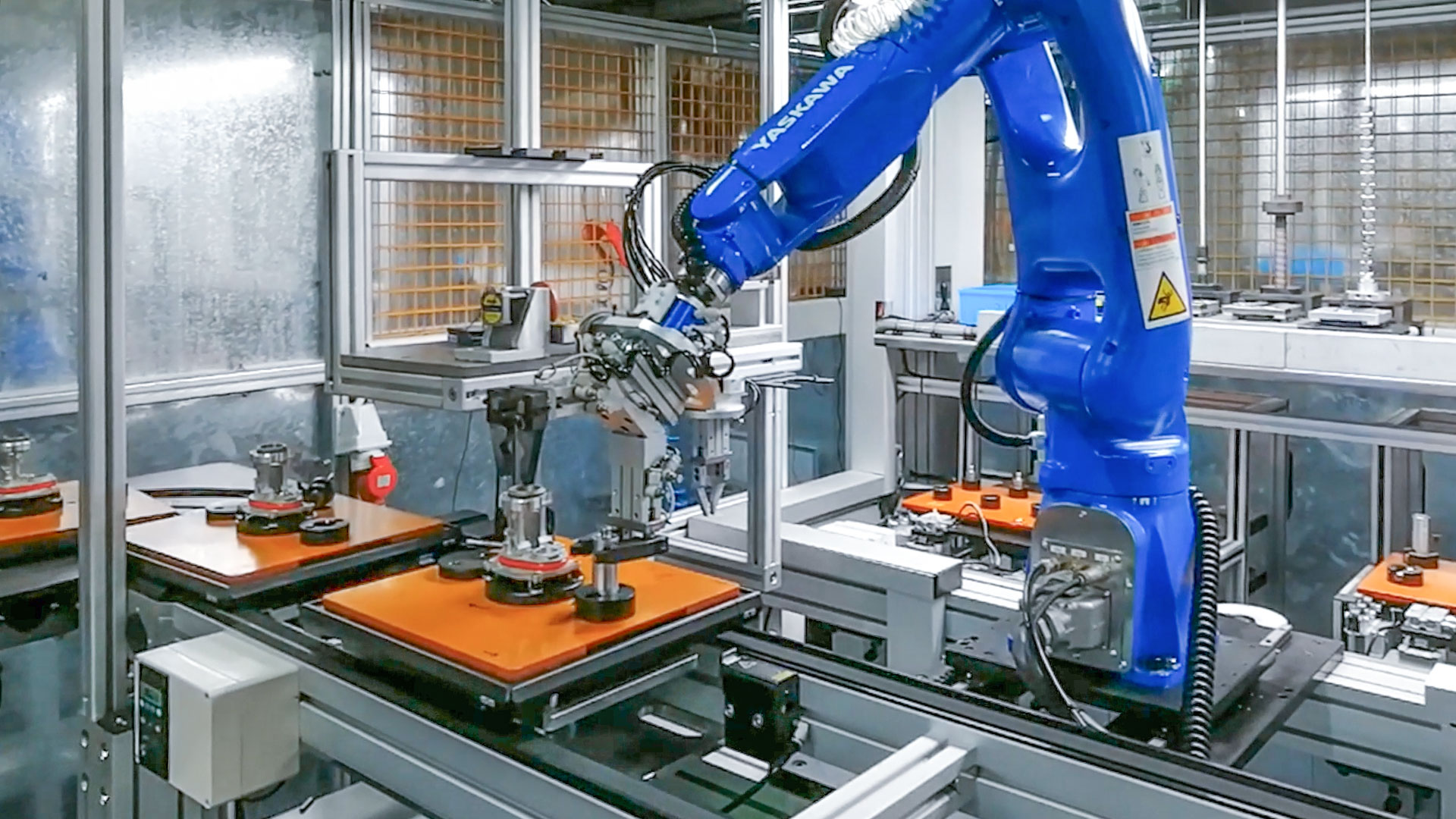If you want to innovate production in a more holistic and cooperative way, integrating models are the way to go.
The market for power tools is particularly tough, with differences of sometimes less than one euro per device determining a manufacturer’s competitiveness. At the same time, products are rapidly becoming more individualized and the quantities ordered are dramatically lowering. Companies who can adapt their production to these framework conditions and react quickly to customer requests will win orders. Up until five years ago, manufacturers could plan with an average batch size of over 2,000 units. Today, due to smaller order sizes, systems often have to be retooled to make a different product after less than 300 units.
This has consequences for almost all operational areas of companies in the power tools industry. Starting with production technologies: The degree of automation must be drastically increased, even for small quantities, while at the same time reducing set-up times to a fraction of what they used to be – and all of this in an economical manner. This leads to significantly more time- and resource-intensive processes for production planning teams, as smaller batch sizes with many variants entail much more control effort than highly scaled mass production. Since this results in significant change dynamics, procurement and sales logistics processes as well as the entire holistic production management must be fundamentally redesigned.
 Fraunhofer Institute for Production Systems and Design Technology
Fraunhofer Institute for Production Systems and Design Technology
